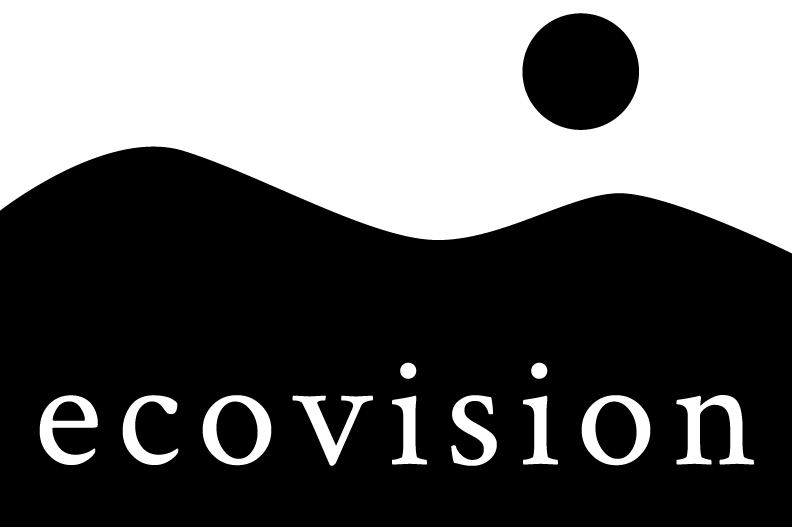"We need a nature accountability act. My team and I and the department have started working on it. We are hoping to be able to table legislation by the end of the year or early 2024 at the latest."
- Hon. Steven Guilbeault, Minister of Environment and Climate Change, May 15, 2023
Federal legislation is urgently needed to halt and reverse biodiversity loss; the federal and provincial strategies and action plans developed since the 1992 Convention on Biological Diversity have simply not succeeded in meeting Canada’s international obligations.[1]
In early 2022, Ecojustice and Greenpeace Canada proposed a federal law to enshrine accountability for achieving Canada's goals and targets under the Kunming - Montreal Global Biodiversity Framework (GBF). Federal Environment and Climate Change Minister Steven Guilbeault agrees, having made public statements to develop legislation in December 2022 and again in May 2023.
Canada and the world face a biodiversity crisis. A landmark 2019 report by the Intergovernmental Science-Policy Platform on Biodiversity and Ecosystem Services found that one million species are facing extinction globally. In Canada, 1,231 species at risk are listed under the Species at Risk Act.[2] These species at risk include caribou, whales, and salmon, which are critical to the culture and economy of Indigenous nations.
The federal government demonstrated leadership to halt and reverse biodiversity loss at the December 2022 Convention on Biological Diversity (COP15) in Montreal and at the IMPAC 5 conference in Vancouver, by supporting Indigenous-led conservation and by making significant investment commitments in biodiversity.[3]
The GBF sets binding international targets for protecting at least 30 percent of terrestrial, inland water, coastal and marine areas by 2030, increasing by at least 15 percent the area, connectivity, and integrity of natural ecosystems, restoring degraded ecosystems, and addressing other issues such as species at risk, invasive species, pollution, and climate change. The GBF also requires that subsidies harmful to biodiversity be identified and eliminated.
However, achieving Canada’s GBF goals and targets is at risk, and is undermined by a lack of provincial ambition and intergovernmental cooperation in the absence of a legislated framework developed in partnership with Indigenous nations. Further, an audit by the Commissioner of the Environment and Sustainable Development found that Canada did not effectively coordinate the actions required to achieve Canada’s 2020 biodiversity targets.[4]
Canada has created an integrated national approach to measuring progress to reduce greenhouse gas emissions through the Canadian Net-Zero Emissions Accountability Act. Canada currently lacks a similar law setting out an accountability framework to measure progress to halt and reverse biodiversity loss, recognizing that setting biodiversity targets is likely more challenging than for climate change.
Indigenous-led conservation in particular is a tremendous opportunity to halt and reverse biodiversity loss. The legislation should recognize and enable Indigenous rights to manage protected areas, recover species at risk, and manage culturally important and harvested species in traditional territories. Indigenous representatives should have the opportunity and resources to co-develop the Act to the greatest extent possible. Where the proposed Act refers to Indigenous rights and sovereignty, Indigenous peoples must retain the authority and have access to resources to directly inform the statutory language.
According to Ecojustice and Greenpeace Canada, a nature accountability statute would include provisions to:
enshrine GBF goals and targets in law, acknowledging that some targets lend themselves more easily to quantitative reporting than others;
establish an integrated national approach, ensuring that actions to conserve biodiversity are coordinated across the country as well as identify improvements needed to achieve the 2030 targets;
encourage and support but not legally require contributions from provincial, territorial and Indigenous governments to achieving targets;
establish requirements for preparation of comprehensive national biodiversity strategies and action plans (NBSAPs) and submission of progress reports;
establish an independent panel of scientific experts and Indigenous knowledge holders to advise responsible ministers; and
establish accountability links to other federal laws such as the Species at Risk Act and Impact Assessment Act without amending those laws.[5]
The challenge now is to obtain early Cabinet approval of drafting instructions and introduce a bill into the House of Commons by early 2024. Passage of a nature accountability law in this Parliament is achievable – and critical if we are to protect biodiversity in Canada.
[1] Geselbracht, D. and S. Hazell Canada has biodiversity targets: Now it needs accountability, The Narwhal, October 14, 2021.
[2] Greenpeace Canada Protecting Nature, Protecting Life. Nature and Biodiversity Act: A Greenpeace Canada Report June 2022: 3798563c-gp-report-protecting-nature-protecting-life-pages.pdf (greenpeace.org).
[3] https://www.leaderspledgefornature.org/updates/new-biodiversity-commitments-announced/.
[4] Spring Reports of the Commissioner of the Environment and Sustainable Development to the Parliament of Canada Report 3 -Conserving Biodiversity - Independent Auditor’s Report. https://www.oag-bvg.gc.ca/internet/English/parl_cesd_201804_03_e_42994.html.
[5] Ecojustice, Greenpeace Canada and West Coast Environmental Law. Nature and Biodiversity Act - Core Provisions. June 9, 2023.
